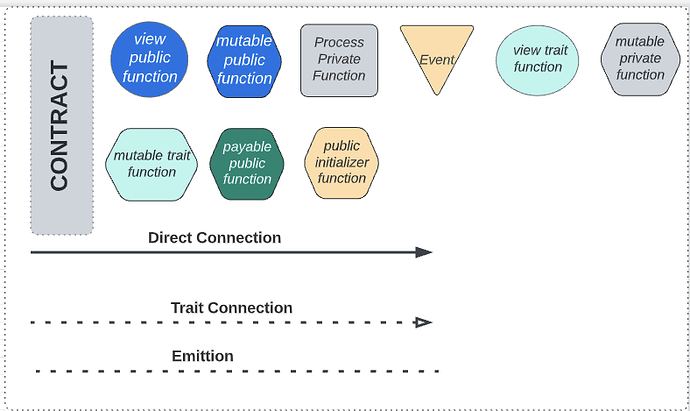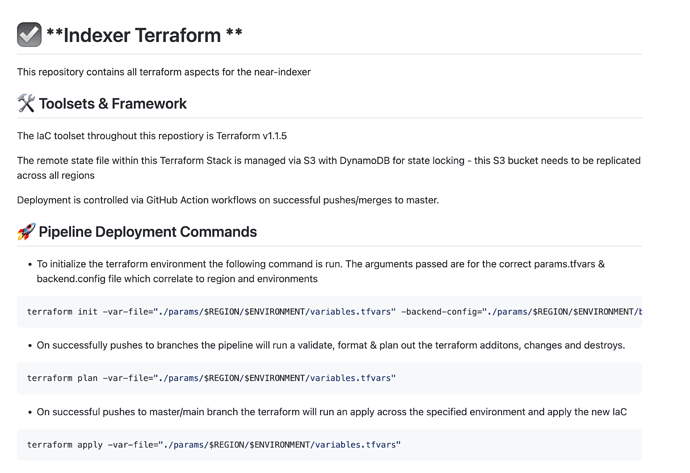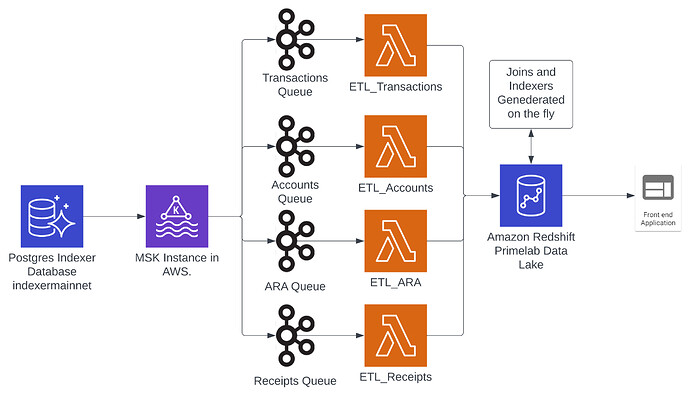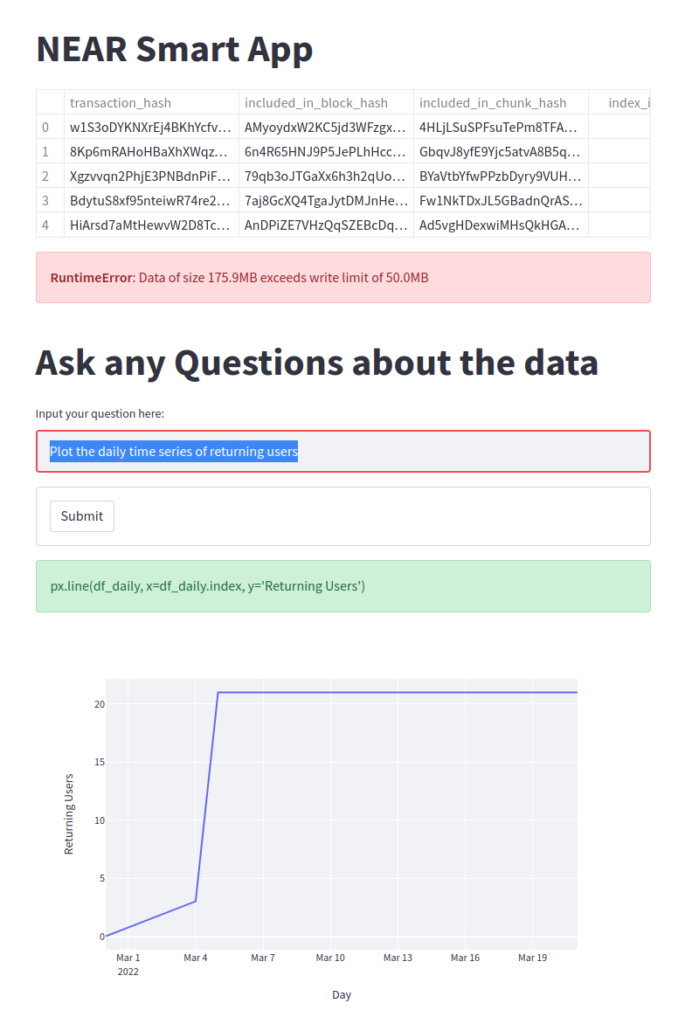
In order to scale, ecosystems should comprise businesses that are incentivized by the potential for real profit to run their validators, indexers, and applications. Not for coin emissions and ponzinomics, but because doing so allows them to use ecosystem tooling to support products that drive real value for which users are willing to pay.
In pursuit of launching web3 apps to a consumer audience of tens of millions of users, PrimeLab had to build scalable versions of each component needed to read & write to the blockchain.
Outlined below are seven containerized projects required to run a single application at scale on the blockchain. These components enabled us to service 850K app users for a week while we were 99.7% of the active users on the chain. We’re pushing the maximum number of transactions through without causing the blockchain to kick out its slowest validators.
While these components are built for a single blockchain, PrimeLab has the resources to adapt or rebuild them to serve any ecosystem we end up supporting. We encourage any project to deploy our code in hours rather than the months it took to research & build.
PrimeLab’s diagramming tool helps developers visualize Rust Smart contracts and the actions each method can take, decreasing the time for developers to bring their dapp to market and making it easy to spot unexpected backdoors or loopholes.



Indexer data can be complex to sift through for answers. We’ve solved this problem with GTP-3 AI. Now you can ask a question and instantly get an explanation about the blockchain. For example: Which account received the most coins in the last 24 hours? Computing with AI Magic … you get the picture!
